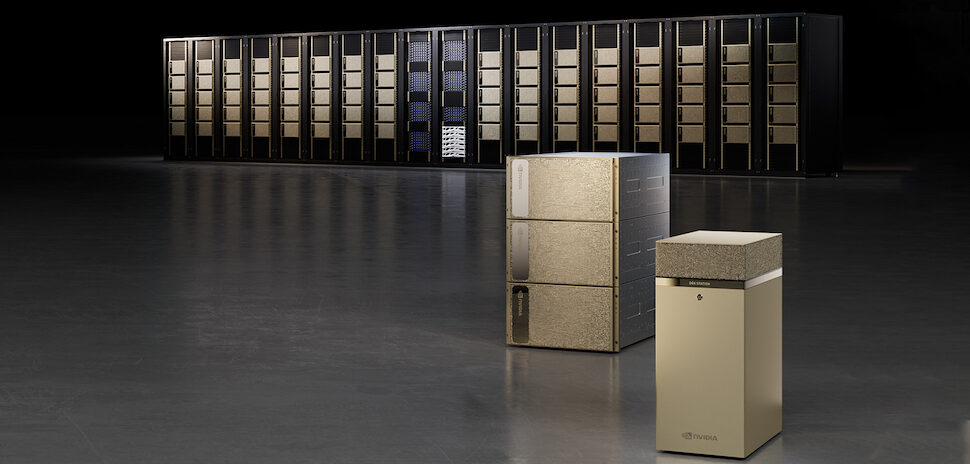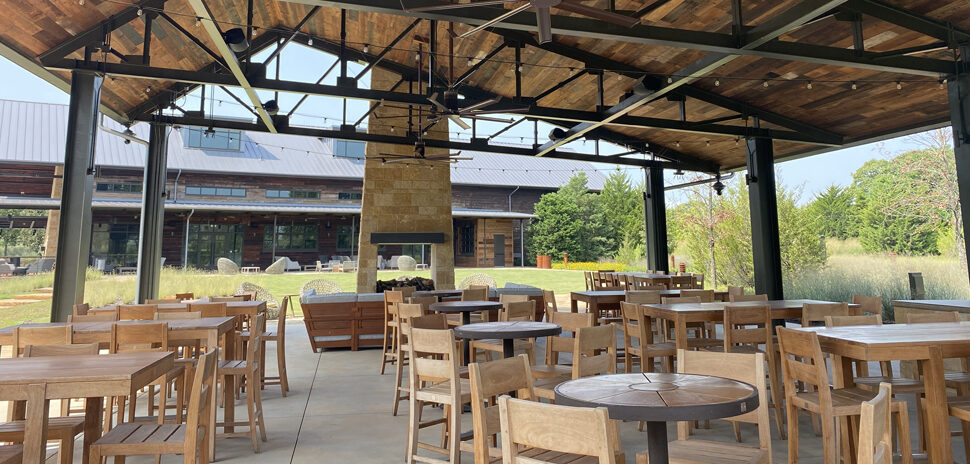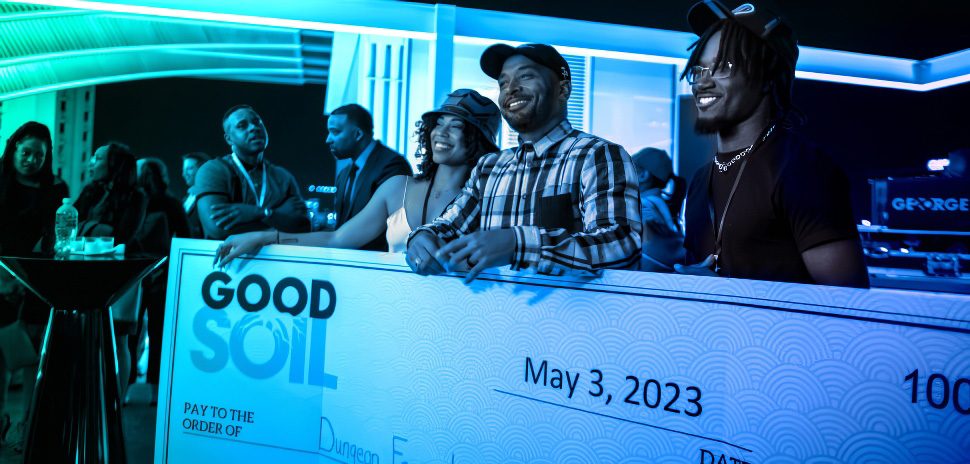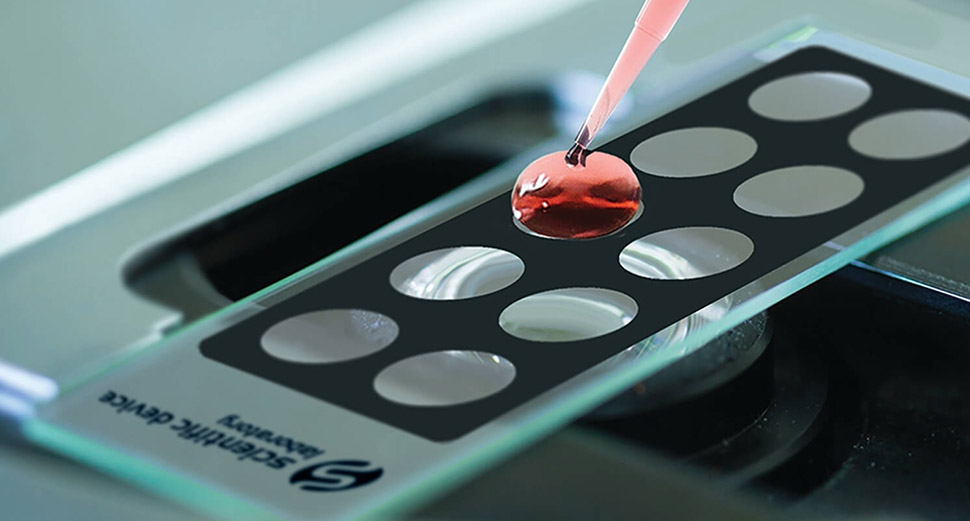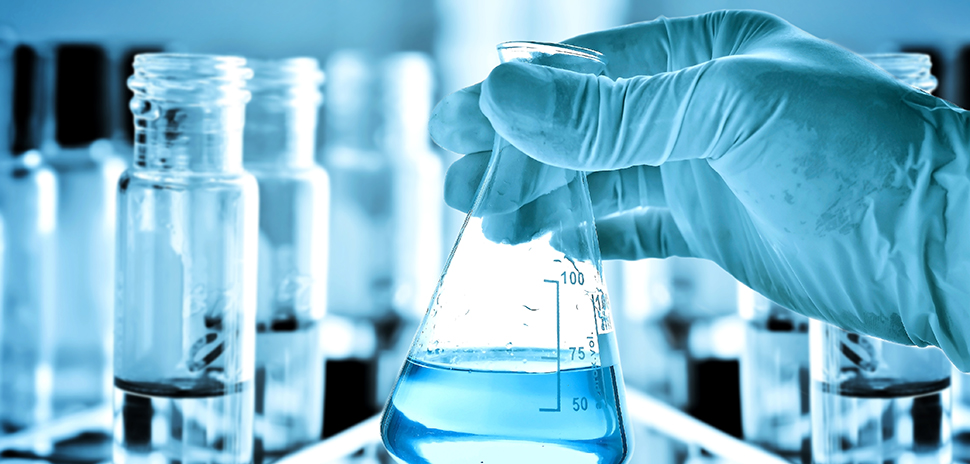
[Photo by Totojang via iStock]
Chemists at Southern Methodist University in Dallas have found a cheaper, cleaner method to break the stubborn molecular bond between carbon and hydrogen, a development that could lead to better ways to derive products from petroleum.
“Some of the most useful building blocks we have in the world are simple, plentiful hydrocarbons like methane, which we extract from the ground. They can be used as starting materials for complex chemical products such as plastics and pharmaceuticals,” Isaac Garcia-Bosch, Harold A. Jeskey Endowed Chair and assistant professor in the Department of Chemistry at SMU, told Eurekalert.org. “But the first step of the process is very, very difficult — breaking that carbon-hydrogen bond. The stronger the bond, the more difficult it is to oxidize.”
Oxidizing causes the molecule to undergo a reaction that combines with oxygen and breaks the carbon-hydrogen bonds, according to Eurekalert.
SMU chemists have been working on the project in collaboration with a team from the Johns Hopkins University.
According to the report, Garcia-Bosch and chemist Maxime A. Siegler, director of the X-Ray Crystallography facility at the Johns Hopkins University, used copper catalysts in conjunction with hydrogen peroxide to create the carbon-oxygen bonds.
Delivering what’s new and next in Dallas-Fort Worth innovation, every day. Get the Dallas Innovates e-newsletter.
R E A D N E X T
-
SMU is investing $11.5 million into a powerful new supercomputing research system featuring an NVIDIA DGX SuperPOD. Connected with the NVIDIA Quantum InfiniBand networking platform in SMU's data center, it will produce a theoretical 100 petaflops of computing power—enabling the university's network to perform "a blistering 100 quadrillion operations per second." The new capability will supercharge SMU's AI and supercomputing exploration, boosting North Texas' growth as a technology hub.
-
Defining new models for learning and working.
-
The Eos—a refrigerator-sized green energy solution powered by machine intelligence—captures and sequesters carbon from the atmosphere using algae. Hypergiant founder Ben Lamm, who's trying to bring back the woolly mammoth with his new startup Colossal, looks back at the development of Eos, and what it could mean for the world.
-
Catastrophes like Hurricanes Katrina and Harvey can cause massive human misery and death. With the National Science Foundation grant, SMU Professor Halit Üster will explore ways to use data to help move millions safely out of harm's way—with enough supplies available to meet their needs.
-
Dallas-based engineering giant Jacobs has been selected as one of the program management firms for the $3.47 billion Dallas Independent School District (DISD) 2020 Bond Program. The largest ISD project in Texas history, the program will deliver improvements to more than 200 of DISD's 230 campuses. Dallas voters approved the program via two bond propositions last year to fund school repairs and upgrades—and update DISD technology, which has become even more vital in the wake of COVID. "Dallas ISD is considered to be one of the fastest-improving urban school districts in the country and by collaborating we can continue to create…











